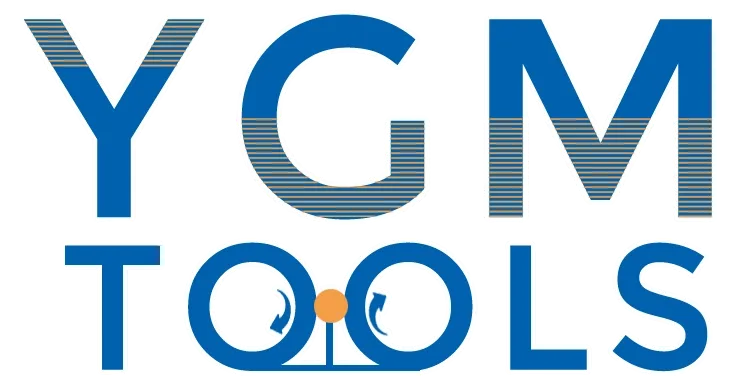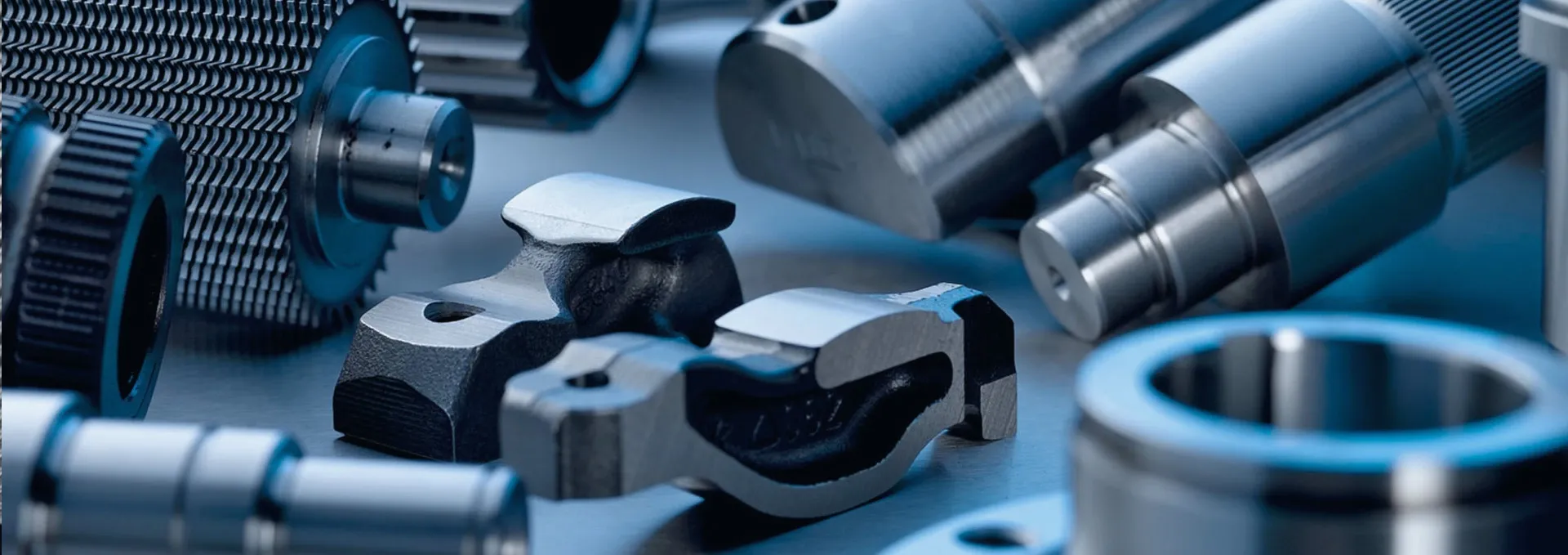
-
 Afrikaans
Afrikaans -
 Albanian
Albanian -
 Amharic
Amharic -
 Arabic
Arabic -
 Armenian
Armenian -
 Azerbaijani
Azerbaijani -
 Basque
Basque -
 Belarusian
Belarusian -
 Bengali
Bengali -
 Bosnian
Bosnian -
 Bulgarian
Bulgarian -
 Catalan
Catalan -
 Cebuano
Cebuano -
 Corsican
Corsican -
 Croatian
Croatian -
 Czech
Czech -
 Danish
Danish -
 Dutch
Dutch -
 English
English -
 Esperanto
Esperanto -
 Estonian
Estonian -
 Finnish
Finnish -
 French
French -
 Frisian
Frisian -
 Galician
Galician -
 Georgian
Georgian -
 German
German -
 Greek
Greek -
 Gujarati
Gujarati -
 Haitian Creole
Haitian Creole -
 hausa
hausa -
 hawaiian
hawaiian -
 Hebrew
Hebrew -
 Hindi
Hindi -
 Miao
Miao -
 Hungarian
Hungarian -
 Icelandic
Icelandic -
 igbo
igbo -
 Indonesian
Indonesian -
 irish
irish -
 Italian
Italian -
 Japanese
Japanese -
 Javanese
Javanese -
 Kannada
Kannada -
 kazakh
kazakh -
 Khmer
Khmer -
 Rwandese
Rwandese -
 Korean
Korean -
 Kurdish
Kurdish -
 Kyrgyz
Kyrgyz -
 Lao
Lao -
 Latin
Latin -
 Latvian
Latvian -
 Lithuanian
Lithuanian -
 Luxembourgish
Luxembourgish -
 Macedonian
Macedonian -
 Malgashi
Malgashi -
 Malay
Malay -
 Malayalam
Malayalam -
 Maltese
Maltese -
 Maori
Maori -
 Marathi
Marathi -
 Mongolian
Mongolian -
 Myanmar
Myanmar -
 Nepali
Nepali -
 Norwegian
Norwegian -
 Norwegian
Norwegian -
 Occitan
Occitan -
 Pashto
Pashto -
 Persian
Persian -
 Polish
Polish -
 Portuguese
Portuguese -
 Punjabi
Punjabi -
 Romanian
Romanian -
 Russian
Russian -
 Samoan
Samoan -
 Scottish Gaelic
Scottish Gaelic -
 Serbian
Serbian -
 Sesotho
Sesotho -
 Shona
Shona -
 Sindhi
Sindhi -
 Sinhala
Sinhala -
 Slovak
Slovak -
 Slovenian
Slovenian -
 Somali
Somali -
 Spanish
Spanish -
 Sundanese
Sundanese -
 Swahili
Swahili -
 Swedish
Swedish -
 Tagalog
Tagalog -
 Tajik
Tajik -
 Tamil
Tamil -
 Tatar
Tatar -
 Telugu
Telugu -
 Thai
Thai -
 Turkish
Turkish -
 Turkmen
Turkmen -
 Ukrainian
Ukrainian -
 Urdu
Urdu -
 Uighur
Uighur -
 Uzbek
Uzbek -
 Vietnamese
Vietnamese -
 Welsh
Welsh -
 Bantu
Bantu -
 Yiddish
Yiddish -
 Yoruba
Yoruba -
 Zulu
Zulu
Comprehensive Thread Rolling Services for Precision Manufacturing
Types of Thread Rolling Services
Thread rolling is a valuable manufacturing process that entails the conversion of a cylindrical blank into a threaded component without adding any material, utilizing a method of deformation. This process offers precision and superior mechanical properties, making it essential in various industries such as automotive, aerospace, and electronics. Understanding the various types of thread rolling services can help businesses choose the right method for their specific needs.
1. Flat Die Thread Rolling
Flat die thread rolling is one of the most common techniques used in the industry. In this method, two flat dies with a specific thread profile are used. The workpiece is placed between these dies and is rolled back and forth, shaping the threads onto the piece as it passes through. This method is highly efficient for producing large quantities of uniform and consistent threads and can handle a variety of materials.
Cylindrical thread rolling employs cylindrical dies instead of flat ones, allowing for the shaping of threads on both ends of a workpiece simultaneously. This method is particularly useful for producing long threaded rods and can achieve high production rates. The cylindrical design helps in maintaining better control over thread alignment and depth, ensuring high-quality threaded components.
3. Triangular Thread Rolling
types of thread rolling service

This specialized thread rolling technique involves the use of triangular dies to create distinct thread patterns, often used for specific applications where unique thread design is required. Triangular thread rolling is ideal for manufacturing custom or non-standard threads, making it an excellent choice for specialized machinery or equipment.
4. Thread Rolling with Tapered Dies
Tapered thread rolling provides the advantage of creating threads that taper along the length of the component. This method is frequently utilized in applications where a gradual decrease in the thread diameter is necessary, such as in plumbing fittings and certain automotive parts. Tapered dies ensure that the threads not only fit well but are also effective in managing stress and load distribution.
5. Multi-Stage Thread Rolling
Multi-stage thread rolling can be used to create complex thread profiles efficiently. This service involves passing the workpiece through several die stations, each designed to incrementally form a portion of the desired thread. It allows for versatility in manufacturing intricate designs that require multiple geometries or features not achievable in a single rolling pass.
In conclusion, thread rolling services encompass a variety of methods suited for different applications. By understanding these types, businesses can select the most appropriate technique to meet their specific production needs, ultimately enhancing quality and reducing costs.
